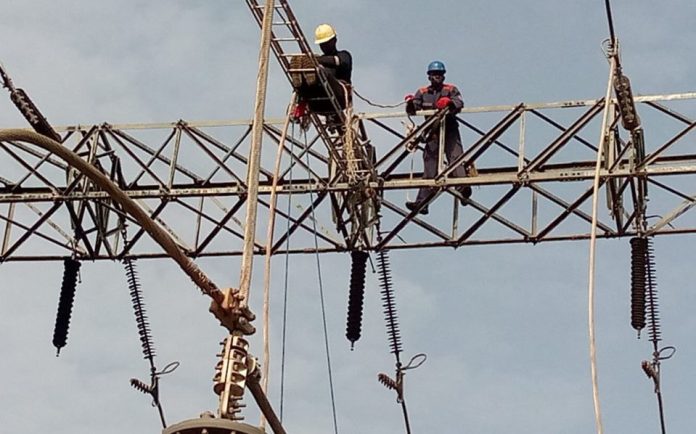Sule Abdulaziz, Chief Executive Officer of the Transmission Company of Nigeria (TCN), has reiterated that TCN should not be held solely responsible for the frequent national grid collapse in the country. During an interview on Channels TV’s Sunday Politics, Abdulaziz explained that grid collapses could be caused by multiple factors, including issues with generation, transmission, and distribution systems.
“TCN is in charge of the grid but if there’s a system collapse, it doesn’t mean that all the problems are from TCN,” Abdulaziz said. “It can be from generation, it can be from transmission, and it can be from distribution. And some of these also can come as a disaster.”
Addressing recent grid failures, Abdulaziz noted that grid disturbances had occurred twice within the week. “We have grid disturbances two times. The first one was on Monday and the second one was yesterday on Saturday,” he said.
However, he clarified that reports of another collapse on Tuesday, October 15, were incorrect. “There are some news that says that the grid collapsed again on Tuesday. That one is not correct. On Monday, we were trying to restore the grid, then we had some setback, and that is when we had to start all over again, but it wasn’t a collapse.”
Abdulaziz acknowledged that the commission must work harder to prevent frequent collapses but pointed to progress made since 2015. “But if you look at the records, the grid collapse has reduced from 2015. If you have all these records, you will see that from the year 2022, we spent over one and a half years, and there was no grid collapse. So we are doing our best.”
“We know we have to do more, but at least we are getting to know the issues and we are resolving them one by one,” he added.
The TCN CEO highlighted the need for substantial investment in Nigeria’s transmission infrastructure, which he said has been neglected for many years. “So, most of the equipment we are using, some of them are even 50 years old, some 40 years old. So it is not possible for those equipment to work perfectly,” Abdulaziz explained.
He stressed that investment in grid infrastructure should be continuous, citing the need to replace outdated equipment. “Continuously, we build new substations, we buy spare parts and change some of the outdated [equipment],” he said. “You see, it cannot be done once. It is bit by bit.”
Abdulaziz also pointed out that while some projects are funded by the federal budget, most of TCN’s maintenance efforts are financed through internally generated revenue (IGR). “Most of the funds we are using is from internally generated revenue. There are some projects that are sponsored from the federal budget, but most of the maintenance is carried out by IGR.”
He concluded by acknowledging the challenges of upgrading grid infrastructure, noting that it is not feasible to upgrade everything simultaneously. “So what we do every year is that we schedule some maintenance, changing some of the old equipment.”

